Take a look at this week’s selection…
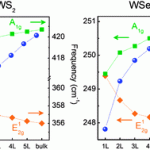 Lattice dynamics in mono- and few-layer sheets of WS2 and WSe2
Lattice dynamics in mono- and few-layer sheets of WS2 and WSe2
Weijie Zhao, Zohreh Ghorannevis, Kiran Kumar Amara, Jing Ren Pang, Minglin Toh, Xin Zhang, Christian Kloc, Ping Heng Tan and Goki Eda
DOI: 10.1039/C3NR03052K, Paper
One-pot synthesis of hematite@graphene core@shell nanostructures for superior lithium storage
Dezhi Chen, Hongying Quan, Junfei Liang and Lin Guo
DOI: 10.1039/C3NR03484D, Paper
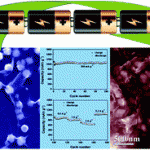
Carbon doping of InSb nanowires for high-performance p-channel field-effect-transistors
Zai-xing Yang, Ning Han, Fengyun Wang, Ho-Yuen Cheung, Xiaoling Shi, SenPo Yip, TakFu Hung, Min Hyung Lee, Chun-Yuen Wong and Johnny C. Ho
DOI: 10.1039/C3NR03080F, Paper
Assessing the relevance of building block crystallinity for tuning the stiffness of gold nanocrystal superlattices
Cong Yan, Hervé Portalès, Nicolas Goubet, Imad Arfaoui, Sergey Sirotkin, Alain Mermet and Marie-Paule Pileni
DOI: 10.1039/C3NR03335J, Communication











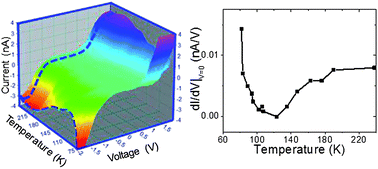
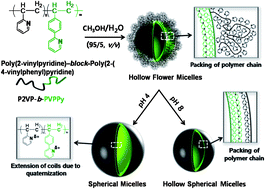
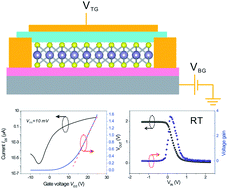
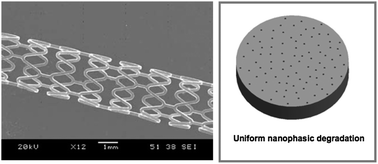
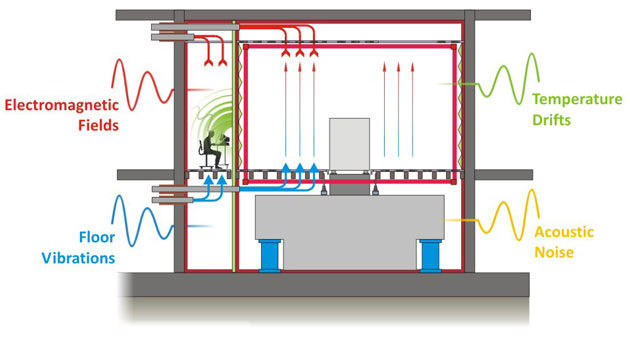
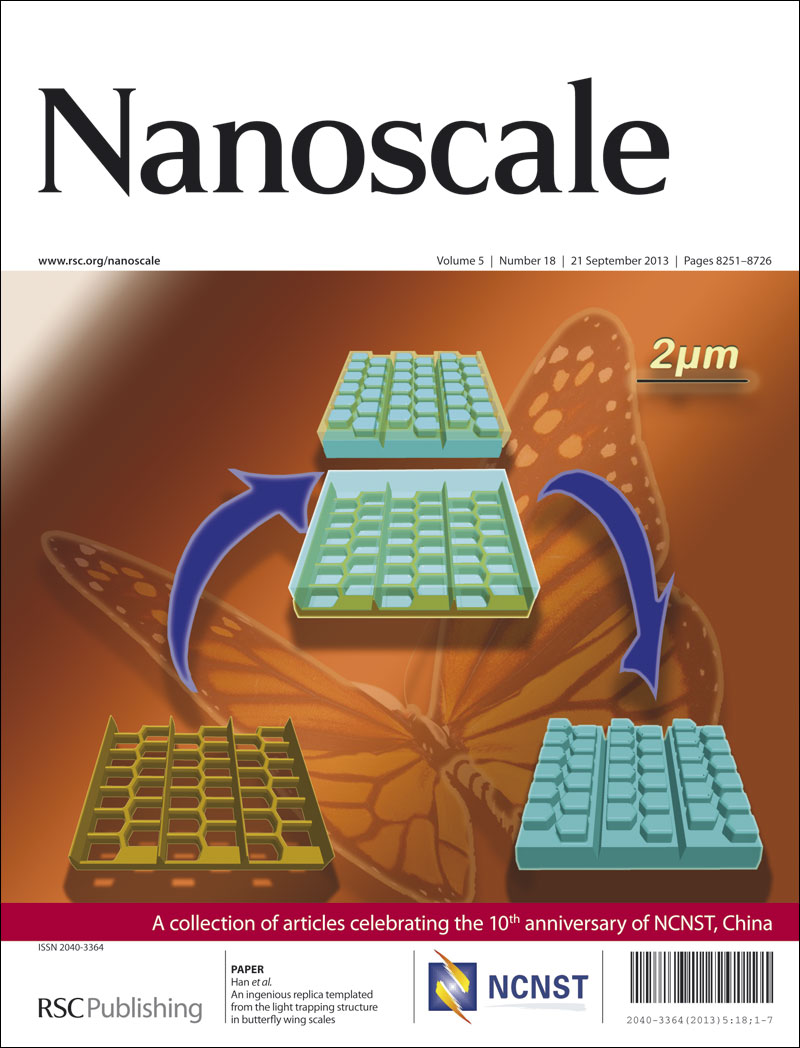

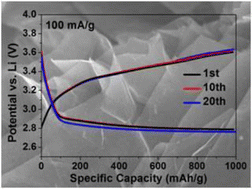
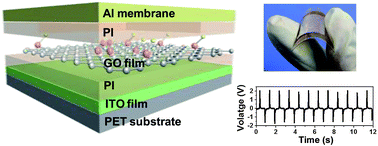
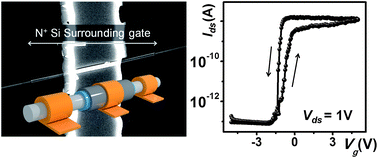
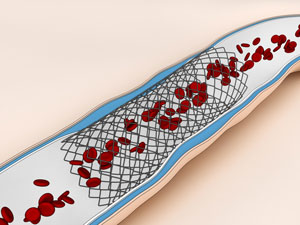
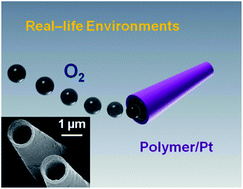
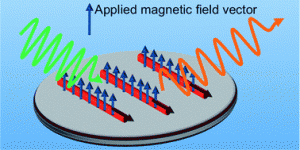
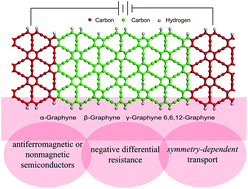
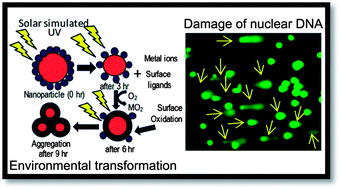 To evaluate the toxicity, the researchers induce the breakdown of the nanomaterials by exposing them to simulated solar UV light. This releases Cd2+ and Zn2+ ions for the QDs and NPs, respectively, which were then detected by measuring the quenching of the fluorescence signal in the presence of tetrakis (4-carboxyphenyl) porphyrin (TCPP) or by measuring the enhancement of the fluorescence signal in the presence of the commercial Measure iT Pd/Cd sensor.
To evaluate the toxicity, the researchers induce the breakdown of the nanomaterials by exposing them to simulated solar UV light. This releases Cd2+ and Zn2+ ions for the QDs and NPs, respectively, which were then detected by measuring the quenching of the fluorescence signal in the presence of tetrakis (4-carboxyphenyl) porphyrin (TCPP) or by measuring the enhancement of the fluorescence signal in the presence of the commercial Measure iT Pd/Cd sensor.